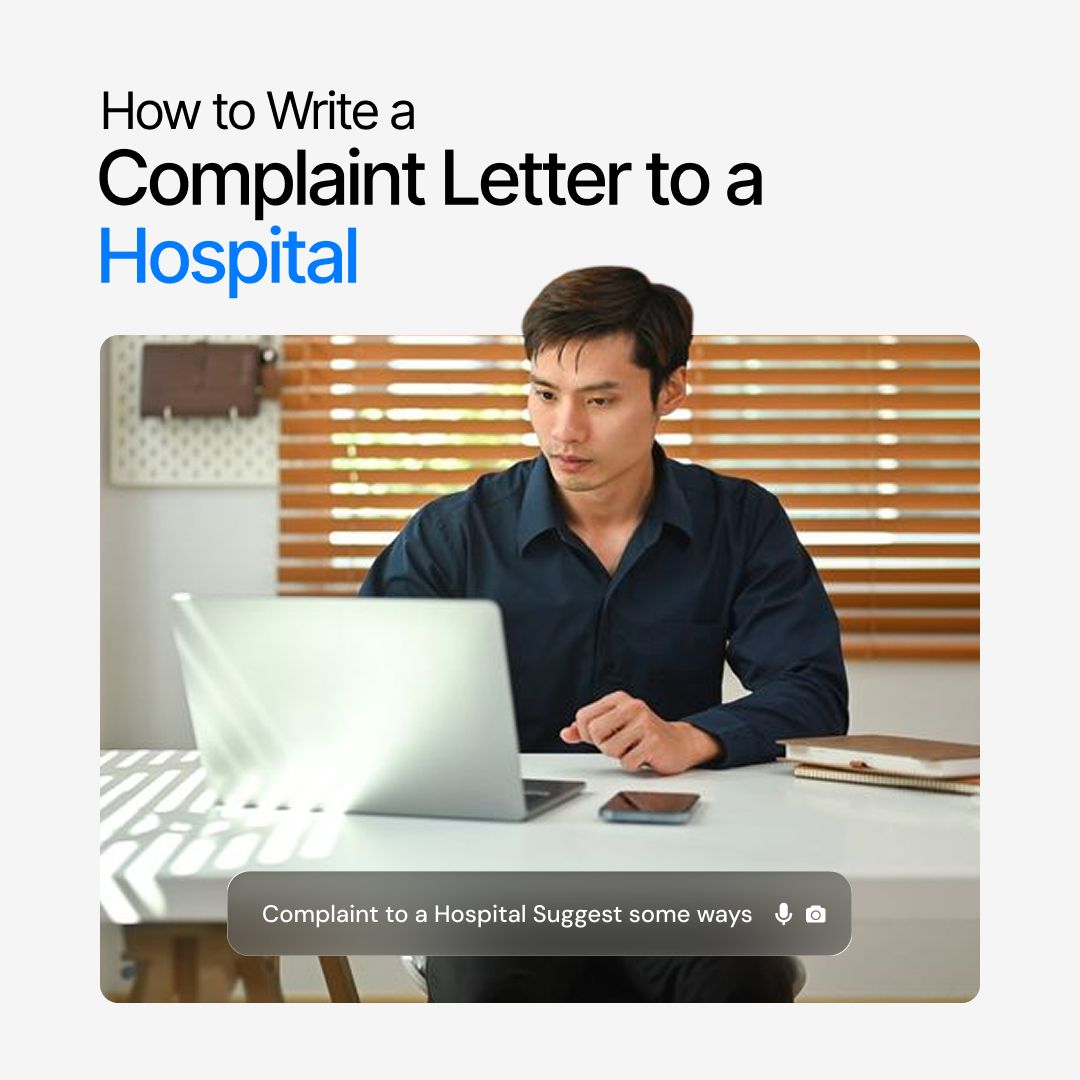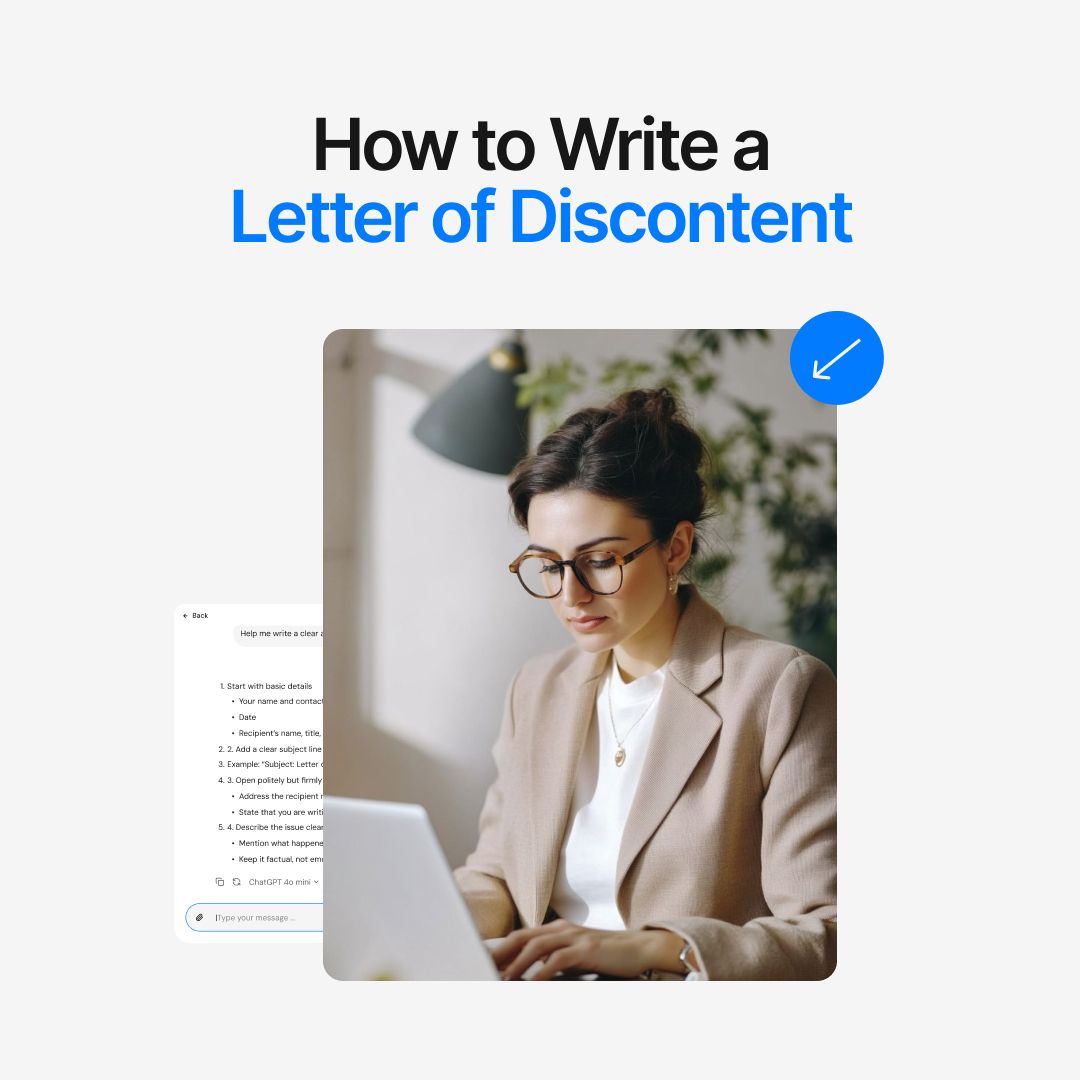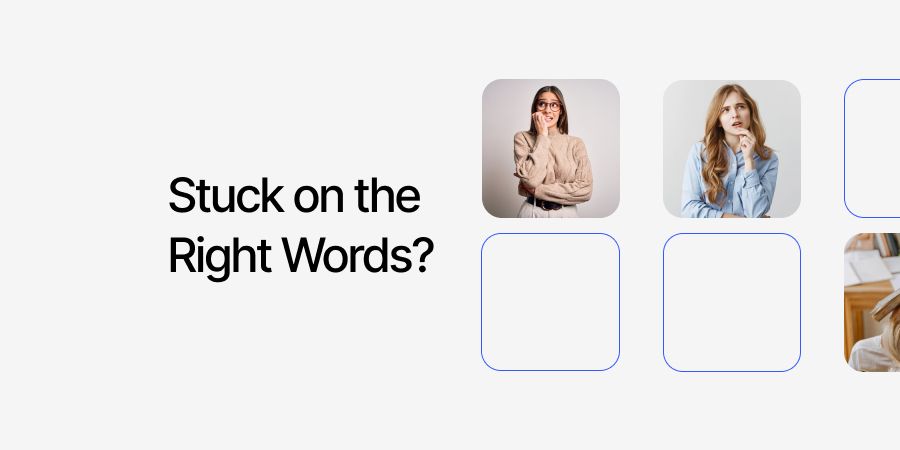
How to Write a Thank You Card
A thank you card may seem small, but its impact is lasting. In a world of quick texts and emails, a handwritten or well-crafted card stands out. It shows thought, effort, and sincerity – qualities people remember long after the occasion has passed.
Whether you’re thanking a friend for their support, a colleague for their guidance, or a client for their trust, the structure of your thank you card matters. This guide walks you step by step through the process, with examples and tips that ensure your message feels genuine and meaningful.
Step 1: Select the Right Card
The card itself sets the tone before the message is even read. A handwritten card feels personal and intimate, while a digital card is practical for professional situations or when time is limited. Match the design to the context: simple and formal for business, colorful or creative for personal occasions.
Taking a moment to choose the right style shows you’ve put thought into the gesture, making your message even more meaningful.
Step 2: Begin with a Proper Greeting
Every thank you card starts with a greeting, and it should feel personal. Always use the recipient’s name – this small detail makes the message direct and genuine.
Examples of greetings:
-
Dear Sarah, (personal)
-
Dear Mr. Lee, (professional)
-
To Our Supporters, (group or event)
Avoid generic openers like “Hi there” or “Hello.” A thank you card should set a tone of respect and warmth right from the first line.
Step 3: Express Gratitude Directly
The heart of a thank you card is simple: say thank you clearly. Avoid long lead-ins or vague phrasing and go straight to the point.
Examples of clear expressions:
-
“Thank you for the thoughtful gift.”
-
“I truly appreciate your support during my transition.”
-
“Thank you for giving me the opportunity to present my ideas.”
Direct statements show sincerity. Judges of character, clients, or friends alike prefer clarity over flowery language. A clear thank you instantly communicates respect and appreciation.
Step 4: Add Specific Details
Generic notes feel forgettable. Adding specific details makes your thank you card personal and authentic. Mention what you are thankful for and why it mattered.
Examples of specific detail:
-
“The book you sent was exactly what I needed as I begin my new project.”
-
“Your guidance during my interview gave me confidence and helped me prepare.”
-
“Your support at our event made a real difference in its success.”
Specifics show thoughtfulness. They prove you noticed the gesture and valued it enough to highlight. This is what separates a memorable thank you card from one that gets overlooked.
Step 5: Highlight the Impact
A thank you card becomes stronger when you explain how the gift, action, or support made a difference. This adds depth to your gratitude and shows the recipient the real value of their gesture.
Examples of impact statements:
-
“Your mentorship not only guided me through this project but also boosted my confidence in tackling new challenges.”
-
“The financial contribution you made will directly help our team launch the next phase of the program.”
-
“Your kind words gave me encouragement at a time I needed it most.”
Impact transforms your message from a polite note into something meaningful. It shows appreciation on a personal and practical level.
Step 6: Close with Warmth
The final part of your thank you card leaves a lasting impression. Choose a closing phrase that matches your relationship with the recipient.
Examples of warm closings:
-
Personal: “With love,” or “Warmly,”
-
Professional: “Sincerely,” or “With gratitude,”
-
Group or event: “With thanks from all of us,”
Always add your name, and if it’s a personal card, a handwritten signature makes it even more meaningful. The closing is your chance to reinforce sincerity and end on a positive note.
Example Thank You Card Messages
Seeing examples makes the process easier. Whether you’re writing to a friend, a colleague, or a group, the structure stays the same, greeting, gratitude, detail, impact, and closing. Here are three sample messages you can adapt.
Personal Thank You Card Example
Dear Emma,
Thank you so much for helping me prepare for my exam. Your encouragement and late-night study sessions gave me the confidence I needed. I truly appreciate your time and care.
With gratitude,
Sophia
Professional Thank You Card Example
Dear Mr. Lee,
Thank you for meeting with me after my interview. Your advice on presenting ideas clearly was invaluable, and it helped me refine my approach. I deeply value the opportunity to learn from your expertise.
Sincerely,
David Chen
Event Thank You Card Example
To Our Supporters,
We are grateful for your generosity during our charity event. Your contributions will directly support local families in need. Thanks to your kindness, our fundraiser exceeded its goals and created meaningful impact.
With thanks from all of us,
Community Aid Team
Examples like these help set the tone and structure. The more specific you are, the more genuine your thank you card feels, whether it’s personal, professional, or for a group.
Do’s and Don’ts of Thank You Cards
A strong thank you card follows a simple logic: be personal, be specific, be timely. Use this checklist to keep every note clear, sincere, and memorable.
Do’s
-
Personalize the greeting
Use the recipient’s name. Add titles in professional contexts. Personalization signals intent and care.
-
State gratitude upfront
Open with “Thank you for…” or “I appreciate…”. Direct wording reads sincere and avoids confusion.
-
Be specific about the gesture
Mention the exact gift, help, introduction, or opportunity. Specifics make the message feel genuine.
-
Explain the impact
Add one line on how their gesture helped you, your team, or your event. Impact gives your thanks real weight.
-
Match tone to context
Warm and relaxed for friends and family. Polished and concise for interviews, clients, and colleagues.
-
Send promptly
Aim for the same week. Timeliness strengthens sincerity and keeps details fresh.
-
Close with an appropriate sign-off
Use “With gratitude,” “Sincerely,” or “Warmly,” based on the relationship. Hand-sign personal cards.
-
Proofread
Check names, titles, and spelling. Small errors distract from the message.
Don’ts
-
Don’t write generic lines
Phrases like “Thanks for everything” feel forgettable. Add one concrete detail to lift the note.
-
Don’t make it about you
Keep the focus on the recipient’s action and its positive effect, not on a long personal update.
-
Don’t overdo length
A thank you card is not an email thread. One to three short paragraphs are enough.
-
Don’t use casual shortcuts
Avoid slang, emojis, or text-message tone in professional notes. Maintain polish.
-
Don’t delay for weeks
Late cards lose impact. If you’re late, acknowledge it briefly, then express thanks clearly.
-
Don’t copy the same message to multiple people
Duplicate wording looks insincere. Tweak at least the detail and impact lines for each recipient.
-
Don’t forget context-sensitive etiquette
In workplace or client settings, avoid overly intimate closings. In personal notes, avoid stiff corporate phrasing.
How Chatly Can Help Write Thank You Cards
Finding the right words is often harder than people admit. You know you should be grateful, you feel it, but when pen meets paper, the message comes out flat or repetitive.
That’s where Chatly changes the process. Instead of staring at a blank card, you can start with a structured, thoughtful draft designed for your situation with AI Chat feature.
Where Chatly Fits In
-
For personal cards – Chatly can suggest warm, natural ways to phrase gratitude so it feels heartfelt, not generic.
-
For professional notes – Chatly creates polished, concise drafts suitable for colleagues, clients, or hiring managers.
-
For events and groups – When you need dozens of cards or a single message to thank many supporters, Chatly provides scalable variations that don’t sound copied.
Why It Adds Value
-
You save time without sacrificing sincerity.
-
You avoid cliché phrases that weaken the message.
-
You gain multiple variations to choose from, so every card feels fresh.
A Practical Example
Say you’ve received a gift from a client after closing a project. You want to sound appreciative without sounding transactional.
With Chatly, you can enter the details – client name, project type, and the gesture – and get a draft that is professional, warm, and context-appropriate. You then add your personal touch, confident that the foundation is already solid.
Chatly doesn’t replace the thought behind the card. It amplifies it, giving you words that match your gratitude and ensuring every thank you note you send feels unique and memorable.
Conclusion
A thank you card is more than stationery. It is a signal of respect, a mark of attention, and often the detail people remember long after the event or exchange is over. In business, it strengthens trust. In personal life, it deepens connection.
The structure is simple but powerful: greet by name, thank directly, add one detail, show impact, and close warmly. Done consistently, this habit sets you apart in a world where gratitude is often rushed or forgotten.
Key reminders for effective thank you cards:
-
Always personalize with names and details.
-
Keep it short, clear, and sincere.
-
Match tone to the context (casual, professional, or collective).
-
Send it promptly to maximize impact.
In the end, sincerity is the only real requirement. The card itself is just the vessel, your words give it meaning. And with tools like Chatly, the challenge of writing fades, leaving space for what matters: expressing real gratitude.
Suggested Reads
Frequently Asked Questions
These answers address the most common questions people ask about thank you cards.
More topics you may like

How to Write AI Art Prompts: A Complete Guide

Muhammad Bin Habib

How to Write a Complaint Letter to a Hospital


How to Write a Case Study, with Examples, Tools and Templates

Muhammad Bin Habib

How to Write a Letter of Discontent That Conveys What You Feel

Muhammad Bin Habib

How to Write a Journalistic Article: Definition, Types, Structure and More

Muhammad Bin Habib
